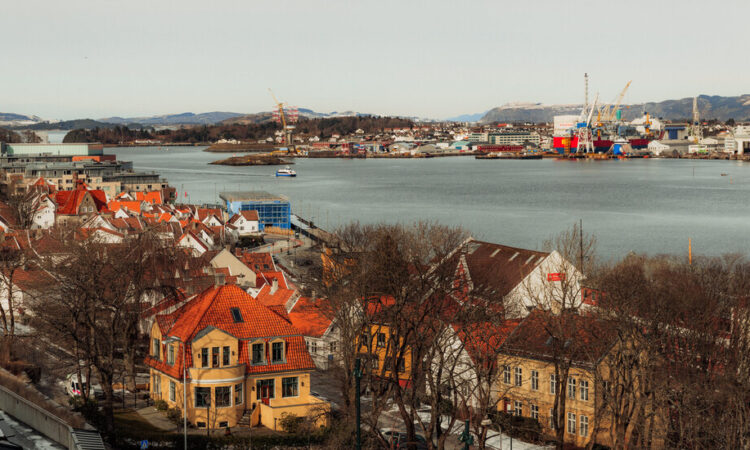
But whether the Norwegian industry’s bumper profits will continue is another question. European gas prices have been falling for months, and are now around one-eighth of the peak they hit last summer. And the war may actually accelerate the continent’s shift from gas to renewable energy that was underway before the invasion.
The riches earned since the fighting started have angered some Norwegians. “We consider that profit as war profits,” said Rasmus Hansson, a member of Parliament from the Green Party. He suggested that the money should be invested in a fund to aid Ukraine and other countries affected by the war.
Producing oil and gas, as well as large amounts of hydropower, did not protect Norwegians from the soaring electric costs that hit most Europeans last year, because its markets are closely linked to its neighbors’.
“It was four times as expensive as a normal year,” said Svein W. Kristiansen, an owner of Smed T. Kristiansen, a family firm in Stavanger that makes parts for oil installations and offshore wind farms.
Norway should be able to maintain its high gas flows to Europe in the coming years. In 2020, the government put into effect temporary tax changes to ensure that the pandemic did not halt investment in the industry. These incentives have led to a burst of new drilling and development, worth an estimated $43 billion.
An oil and gas company based outside Oslo, Aker BP, plans to invest $19 billion to increase output by a third by 2028. “We are drilling exploration wells all the time,” said Karl Johnny Hersvik, the chief executive.
Over the next few years, output from these new fields should be enough to offset the declines from older ones, according to Mathias Schioldborg, an analyst at Rystad Energy, a Norwegian-based consulting firm. Scenarios modeled by the government show oil and gas output in Norway reaching a peak toward the end of this decade, followed by a long decline.






